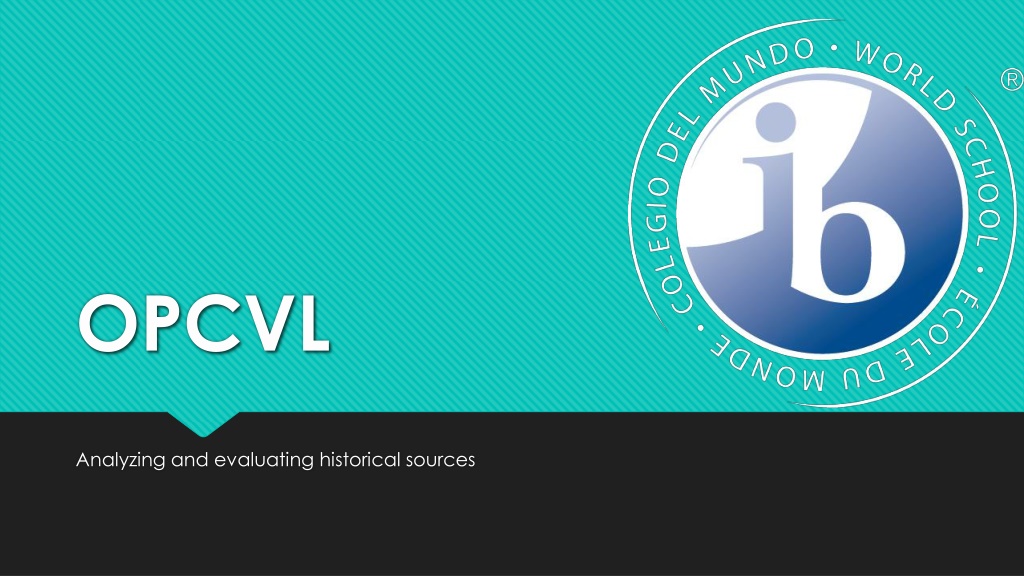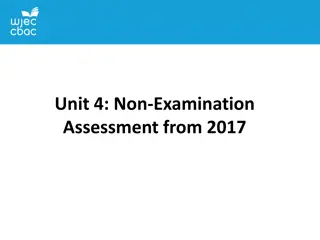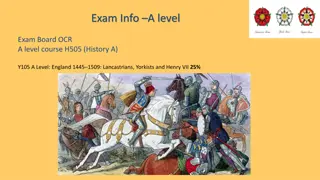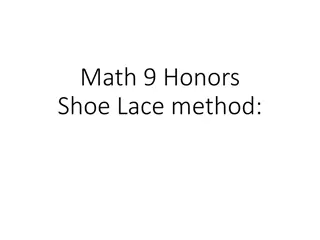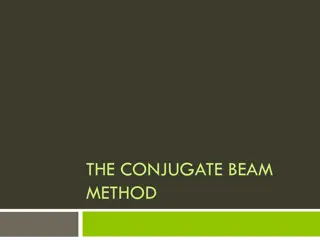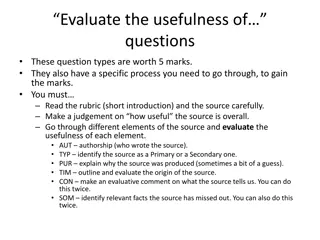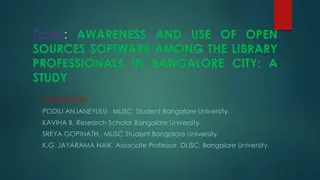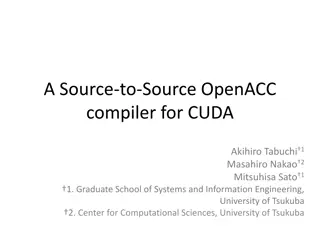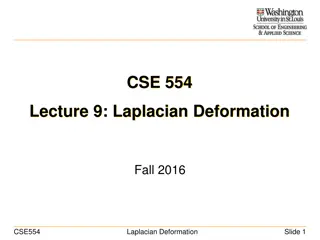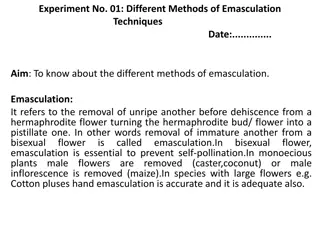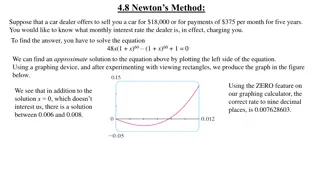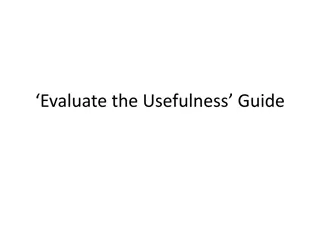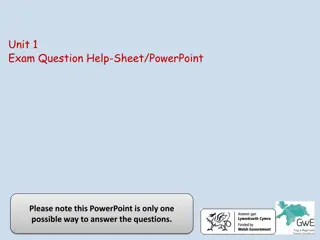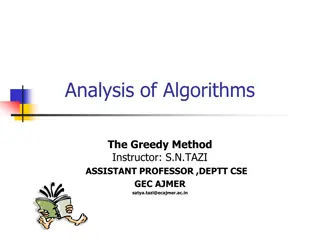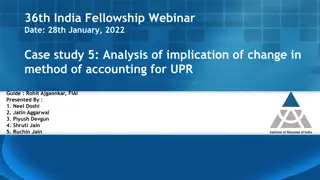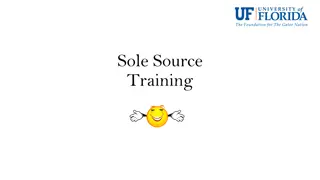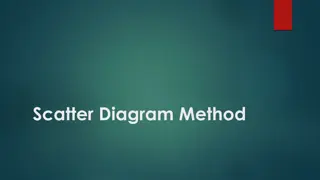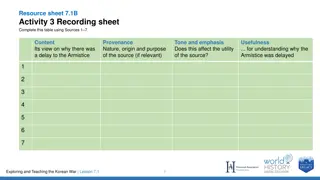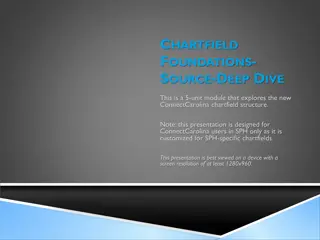Understanding the OPCVL Method in Historical Source Analysis
In historical research, the OPCVL method serves as a framework for analyzing and evaluating sources. Origin focuses on the type and author of the source, Purpose delves into the reason for its creation, Content examines the information provided, while Values and Limits assess reliability and potential issues.
Download Presentation

Please find below an Image/Link to download the presentation.
The content on the website is provided AS IS for your information and personal use only. It may not be sold, licensed, or shared on other websites without obtaining consent from the author. Download presentation by click this link. If you encounter any issues during the download, it is possible that the publisher has removed the file from their server.
E N D
Presentation Transcript
OPCVL Analyzing and evaluating historical sources
What is the OPCVL? Throughout this course you will be taking part in activities that will be based around analyzing and interpreting scholarly journals and sources. To be able to fully understand the material you must first evaluate the source, this is done by examining the: Origin Purpose Content Values Limits.
What is ORIGIN? Origin is the type of source (primary/secondary) and the author Who created it? When was it created? Is there anything we know about the author that is pertinent to our evaluation?
What is PURPOSE? Purpose is the reason the source was written and whom it was written for Why does this document exist? Who did the author want to read this document? Is it persuasive/informative/etc.?
What is CONTENT? Content is the information the source provides and what we learn from it Who was involved? When does this event take place? What is the significance of this event? Why did this happen?
What is a VALUE? Value refers to ways in which we can use the source and why it is reliable for our research What can you tell about the author from this piece? What does this tell us about the time period? Which side is shown? What perspective are we seeing?
What is a LIMIT? Limits refer to issues the source may posses that could question the credibility How can we verify this information? Is this an accurate representation of the time period? What is left out/not developed fully?
You are a historian writing about the 1776 meeting of the Second Continental Congress as they debated the Declaration of Independence. One of the items you have found is a transcript of an interview done with Thomas Jefferson on the 25thanniversary of the Declaration s adoption. VALUES LIMITS
You are doing research about the Civil Rights Movement and come across a few entries of Martin Luther King Jr. s journal while he was held, against his will, in captivity in Atlanta. The entries explain his feelings about the movement and his theory of non-violence response. VALUES LIMITS
As you begin to read further about exploration to the Americas you come across a record of the treatment of the natives by the Spanish. It is written in ancient Aztec, a language that no longer exists and only very few scholars speak, and was roughly translated in 2001, missing pages that have been lost in time. The source explains the torture of the defenseless natives by the Spanish. VALUES LIMITS
Complex & Concise OPCVL Responses Complex OPCVL sentence example: The origin is Adolf Hitler, which is a limitation because Hitler has been known to have extremely biased, nationalistic, and racist views which are going to probably be covered up in his writings and speeches. Simple OPCVL sentence examples: The origin of this source is Adolf Hitler. This is a limitation because Hitler is a racist. It is also a limitation because Hitler was a very big nationalist. This is also a limitation because he will not necessarily say bad things in his speeches, but they will be implied.
